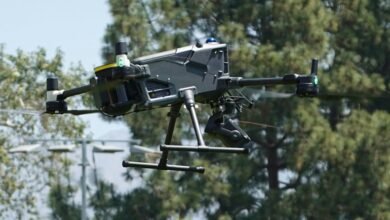Suspicious Activity Tracking Safety Regulation Office 3512497255 3509719710 3501026506 3807660402 3898863988 3533630185

The Suspicious Activity Tracking Safety Regulation Office plays a pivotal role in national security by monitoring and analyzing suspicious behaviors. Its use of unique identifiers enhances the tracking process, allowing for the identification of emerging patterns. However, the balance between regulatory compliance and the protection of individual freedoms raises significant ethical questions. As concerns about privacy and surveillance intensify, the implications of these regulations warrant further exploration.
Overview of the Suspicious Activity Tracking Safety Regulation Office
Established to enhance national security and public safety, the Suspicious Activity Tracking Safety Regulation Office plays a critical role in monitoring and addressing various forms of suspicious behavior that could indicate potential threats.
This office ensures regulatory compliance while prioritizing data protection, thus balancing the need for vigilance with the preservation of individual freedoms. Its operations are essential for maintaining public trust and safety.
Importance of Unique Identifiers in Monitoring Suspicious Activities
While the monitoring of suspicious activities is essential for preserving public safety, the implementation of unique identifiers has become increasingly critical in this process.
Unique identifiers enhance monitoring effectiveness by enabling precise tracking and analysis of activities. This specificity allows for improved identification of patterns and trends, ultimately facilitating more informed decision-making in security measures while safeguarding individual freedoms within the community.
Impact of Regulations on Community Safety and Privacy
Although regulations designed to monitor suspicious activities aim to enhance community safety, they often introduce significant privacy concerns that must be carefully balanced.
These regulations can undermine community trust, as individuals may feel surveilled and vulnerable.
Striking an equilibrium between effective threat detection and the safeguarding of personal privacy is crucial to maintaining societal confidence in regulatory measures and promoting a secure environment.
Future Trends in Safety Regulation and Threat Detection
As technological advancements continue to reshape the landscape of safety regulation and threat detection, a notable shift towards integrating artificial intelligence and machine learning is anticipated.
Future trends indicate an increasing reliance on predictive analytics for risk assessment and automated monitoring systems to enhance efficiency.
These developments promise improved accuracy in identifying potential threats while balancing individual freedoms and privacy concerns within regulatory frameworks.
Conclusion
In conclusion, the Suspicious Activity Tracking Safety Regulation Office exemplifies a delicate balance between national security and individual freedoms. While concerns regarding privacy and surveillance are valid, the use of unique identifiers can be visualized as a protective net that enables the identification of potential threats before they escalate. By enhancing community trust through transparent practices, the office not only fortifies public safety but also fosters an environment where citizens feel secure in their daily lives amidst evolving challenges.





